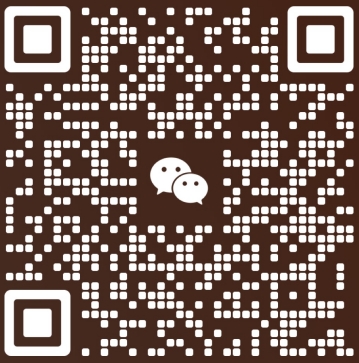
10
18
0
10
17
0
10
14
0
10
13
0
10
11
0











